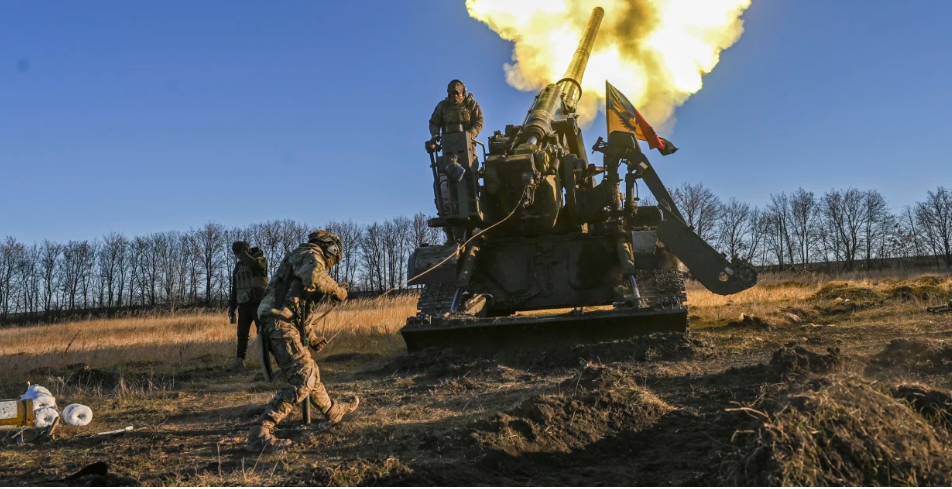The war in Ukraine has turned into a lethal artillery duel and whichever side can produce the most ammunition for the big guns on the battlefield could have the edge in the conflict, U.S. officials and military analysts say.
In its scramble for firepower, Russia is using ammunition that is half a century old and dismantling breast pumps and kitchen appliances to get microchips it needs for tanks and precision-guided weapons.
Ukraine, for its part, relying on the United States and other NATO allies to keep up the flow of arms and ammunition, but those stockpiles have been stretched 10 months into the war.
Both militaries are burning through thousands of artillery rounds a day and are facing challenges to secure more supplies to keep up the fight. The struggle for ammunition pits Russia’s defense industry — largely isolated by Western sanctions — against Ukraine’s war-damaged economy and its supporters in NATO.
To fuel its war effort, Russia is now drawing on stockpiles of 40- to 50-year-old ammunition, including 152 mm artillery rounds that are in short supply, four current U.S. officials and one former official said.
In the roughly 300 days since Russia invaded Ukraine, Moscow’s forces have run through stockpiles that took more than a decade to build, two of the officials said.
The former official sa Russia has been reduce to using less sophisticated “stupid bombs,” and short of resorting to nuclear weapons is nearly depleted of capabilities.
Who will win in Ukraine?
It remains unclear exactly how many artillery rounds and other ammunition Russia has left in its stockpiles, and how quickly its defense industry can churn out new ammunition. Top U.S. intelligence officials repeatedly have asserted that Russian forces are using up ammunition faster than it can produced, but have not offered estimates about Ukraine’s supplies.
Military experts disagree on when Russia might run out of ammunition, with estimates ranging from a few months to more than a year.
Russia’s “defense industrial base is still intact. It’s under a lot of strain from sanctions, but it still intact,” said Dara Massicot, a senior policy researcher at the Rand Corp. think tank.
“Russia is trying to grab hold of the reins of their defense industry right now and make it produce more.”
Russian factories are increasing production, moving to multiple shifts and bringing additional capacity online, said Paul Schwartz, a research scientist focusing on Russia’s military at the Center for Naval Analyses think tank.
But it will difficult to produce ammunition at levels sufficient to keep up with how much being use on the battlefield, he said. U.S. defense officials said last month that Russia is burning through a staggering 20,000 rounds a day, and Ukraine about 4,000 to 7,000 a day.
“It’ll a challenge for them,” Schwartz said. “I would rather be in Ukraine’s position with the full backing of the NATO alliance.”




